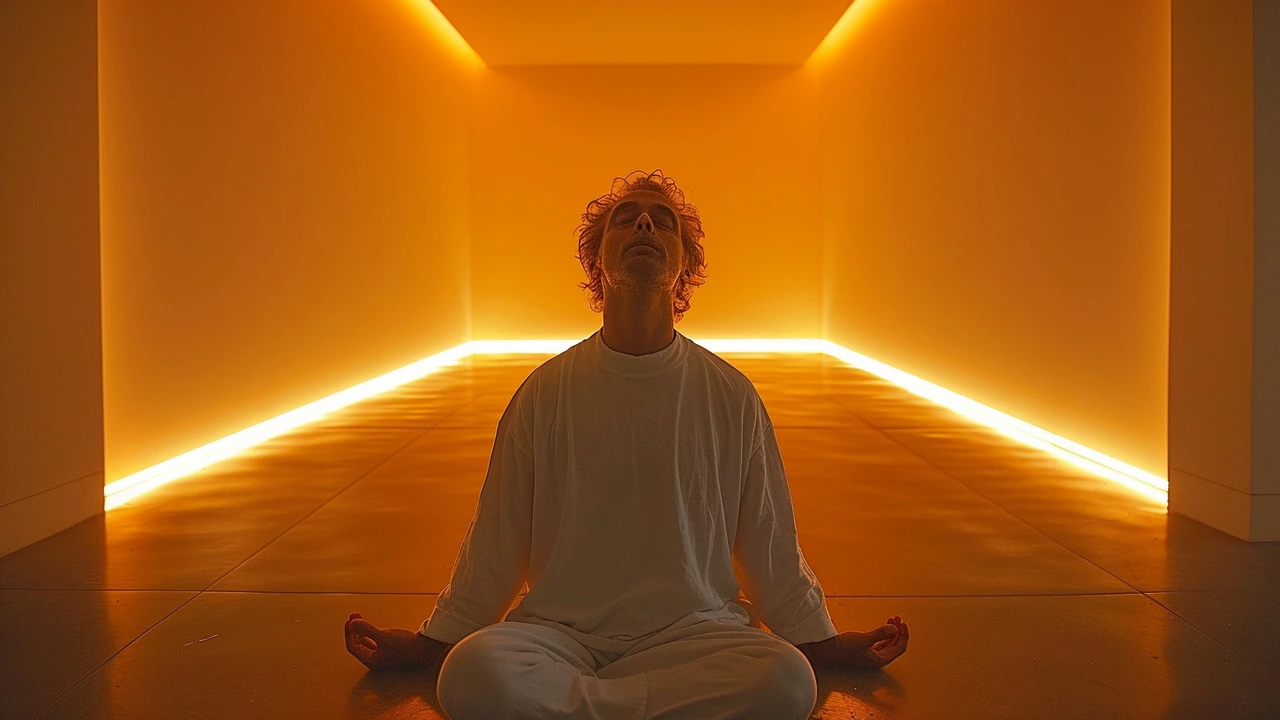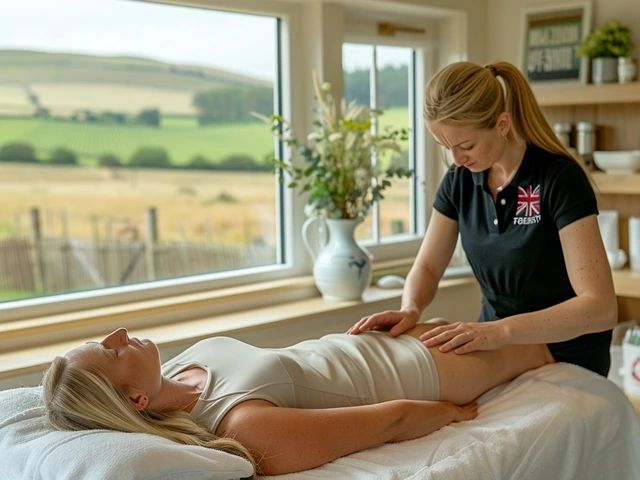Japanese massage: Shiatsu, Anma, Kobido — what to expect
Japanese massage covers a few clear styles you’ll see in clinics and spas. Shiatsu uses firm finger and palm pressure on points along energy lines. Anma is a shorter, rhythmic body massage focused on rubbing and kneading. Kobido is a deep, lifting facial massage that targets skin and muscle tone. Each one feels different, but all aim to ease tension, improve circulation, and leave you more relaxed and mobile.
What happens in a typical session
Most Shiatsu sessions are done on a futon or firm mat while you wear loose clothes. The therapist uses thumbs, palms, and sometimes elbows to press points and stretch joints. Anma often uses oil and works over a table, focusing on back, shoulders, and hips with brisk strokes. Kobido is done on a treatment table and mixes light tapping, lifting, and gentle stretches for the face and neck.
Expect 30–90 minutes depending on the focus. Shiatsu gives deep pressure that can feel intense but not painful; tell the therapist if it’s too strong. Anma tends to feel brisk and rhythmic; it’s great if you want quick relief. Kobido feels more delicate but can produce noticeable lifting and better skin tone after a few sessions.
Benefits, safety, and when to avoid it
Benefits usually include less neck and back pain, reduced headache frequency, better sleep, and eased muscle tightness. Kobido can improve facial circulation and help skin look firmer. If you have high blood pressure, blood clotting disorders, recent fractures, open wounds, or active infections, check with your doctor before booking. Pregnant people should mention pregnancy; many therapists offer modified routines but avoid deep abdominal pressure.
Choose a therapist who lists formal training in Shiatsu, Anma, or Kobido and has client reviews. Ask whether they follow hygiene protocols and what type of pressure they use. A short phone call can tell you a lot: are they responsive, do they explain the session, and do they adapt pressure to your needs?
Price and frequency vary. A single session can help, but regular visits every 2–4 weeks often give lasting change for chronic tension. If you’re new, try one focused session for 45–60 minutes to see how your body responds.
Quick self-care tips: press the base of your skull with thumbs for 30 seconds to ease headaches. Roll your shoulders slowly and breathe out on the effort to release traps. For a mini facial pick-me-up, use upward strokes from jaw to cheekbones for 1–2 minutes—always move gently and stop if it hurts.
Japanese massage styles are practical and straightforward: no fancy claims, just focused touch that often helps pain and stress. Try one style, tell the therapist exactly how it feels, and adjust from there. You’ll quickly find which method suits your body and schedule.

Experience the Therapeutic Wonder of Shiatsu
Hello there! I just had the most incredible Shiatsu therapy session and let me tell you about it. Shiatsu, a traditional Japanese massage, has amazing potential to bring harmony to your body, mind, and soul. Not only does it promote relaxation, but it also has been known to enhance overall well-being. Join me on this journey as we delve into the wonderful world of Shiatsu. This experience could be your next venture into achieving balance and better health.
Categories
- Health and Wellness (148)
- Alternative Therapies (86)
- Massage Therapy (40)
- Travel and Culture (15)
- Beauty and Skincare (9)
- Holistic Health (8)
- Health and Fitness (5)
- Spirituality (5)
- Other (2)
- Personal Development (2)
Popular Articles



